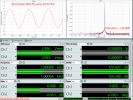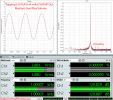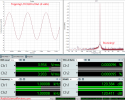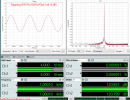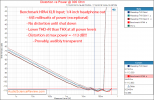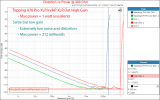You won't hear sny difference.I got some spare money to spend and I am considering buying HPA4. But I wonder. Given it isn't cheap (even if I will get small discount) is it worth it compared to anything else on the market? I currently have Monolith THX AAA headphone amp and I wonder if I am may be missing something and it would be "worth" to upgrade it once and for all to HPA4. Or maybe there is something cheaper/better?
But is it worth it? That's you have to answer yourself.
It's very nice built has tons of options and I really liked using it. Just feel of volume knob was good
But I switched to cheaper Topping, did I miss something? Soundwise? No not really.
Ps. support and longevity is also something to consider. And with topping it could be bumpy road.
Last edited:


